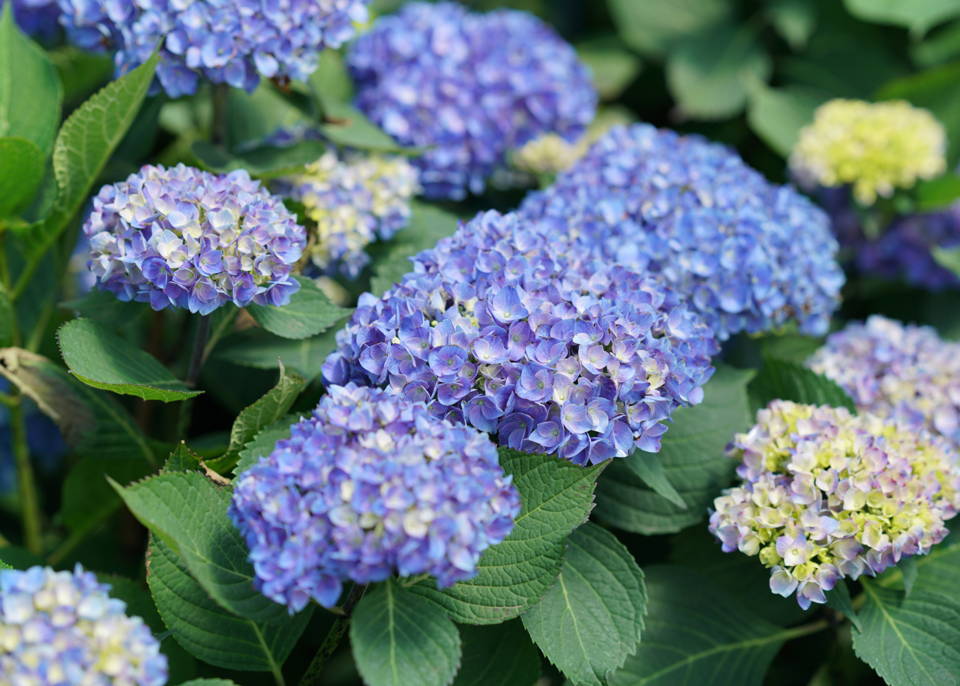Hydrangea Fertilizing Questions, Answered

While fertilizing hydrangeas isn't strictly necessary, it is often a good idea, especially when plants are young. Boosting the soil nutrients helps a plant get established more quickly, and encourages abundant flower production and good color. It is definitely possible to overdo it, but stick to these simple tips and you - and your hydrangea - will be good to grow!
What Fertilizer Should I Use For Hydrangeas?
The best fertilizer for hydrangeas is a granular (i.e., not liquid) fertilizer formulated for woody plants. We find that a rose fertilizer, like Espoma Rose Tone, is an excellent choice - after all, roses are flowering shrubs, just like hydrangeas are. However, any general garden fertilizer with a relatively low proportion of phosphorous (the middle number in the fertilizer's analysis) will suffice.
When Should I Fertilize Hydrangeas?
Once a year in early spring (just as the soil begins to thaw, if you live in a cold climate) is sufficient for mature plants. However, you may safely fertilize monthly from that time through late July, especially if you have a young plant that's still getting established, or if you live in a cold climate and frequently experience dieback on big-leaf hydrangeas. Whichever types of hydrangeas you have, we recommend stopping fertilizing in late July as it can push soft new growth that increase the potential for winter damage.
How Do I Fertilize Hydrangeas?
The package directions of the fertilizer you purchased are the best starting point. However, in general a large handful applied evenly around the perimeter of the plant's foliage is a good guideline. This allows water dripping off the plant's leaves to begin to weather the fertilizer - in other words, begin to dissolve it and make it available for the plant's use.
Should I Fertilize New Hydrangeas At Planting Time?
No, for two reasons. One, the plant will already have been abundantly fertilized by the grower prior to your purchase, plus the potting mix it was grown in usually has a time-release fertilizer incorporated in it. Two, there's a possibility that the fertilizer will simply weather and leach away before the plant's roots actually reach the point where they can take up the nutrients, which is a waste of time and money as well as a pollution risk.
